The invention of the daguerreotype in the 1830s gave rise to the publication of hundreds of manuals detailing what constituted a good or a bad image. Circulating a rigid photographic orthodoxy, these pamphlets dominated approaches to the medium throughout the late-1800s and early-1900s. Practitioners were encouraged to strive for technical perfection and avoid common errors such as blurring and solarisation. The resulting images depict an idealised version of life — flawless portraits and perfectly composed landscapes — which, in turn, influenced viewers’ perceptions of the world.
However, by the 1920s, this began to change. The advent of Modernism and the recognition of photography as an art form in its own right precipitated a much more experimental approach. Photographer, art dealer, and publisher Alfred Stieglitz was an important force in this transition. He famously published a manifesto-like article titled Twelve Random Don’ts, intended to satirize the photographic strictures imposed during the previous century. Stieglitz’s commentary encapsulates the subversive approach adopted by many Modernist photographers, such as Man Ray and László Moholy-Nagy, who actively employed technical errors in their creative practice. Slowly, what had been regarded as “bad” photography began to shape the medium. Despite the development of digital photography — and its seeming ability to eliminate technical mistakes — contemporary artists have continued to experiment with the creative potential of error.
The relativity of taste, and what constitutes a good or bad photograph, exists at the heart of SFMOMA’s exhibition Don’t! Photography and the Art of Mistakes. Curated by Clément Chéroux, with the assistance of Matthew Kluk and Sally Martin Katz, the show illustrates how mistakes can become successes over time; nothing is final and the evolution of art is unpredictable. The exhibition is structured around a series of technical errors. Mistakes such as solarization and double exposure are explained, and positioned in relation to iconic artworks that they came to define, thereby illustrating the transience of “good” and “bad” photography.
BJP-Online spoke to curator Clément Chéroux about the importance of making mistakes, and the complexities involved in putting together the show.
—
BJP-Online: In the era of digital photography, one could argue that the photographic medium has, in a sense, come full circle — digital photography enables us to create images free from error. What is the importance of looking at mistakes, and thinking about how making mistakes can feed into people’s creative practices today?
Clément Chéroux: There is a beautiful quotation from Diane Arbus in the exhibition, which reads: “It is important to take bad pictures.” This is important because if you do not make any bad photographs, you will also not make any good photographs. This is something that is crucial to the history of photography. The majority of the most important photographers of the 20th century recognised, at some point in their career, that they were making mistakes. But, they understood the importance of doing that.
The exhibition is organised around the idea that a mistake is a point of entrance to something new. The mistake reveals something that you may not have thought about before: a new way of making photographs.
I am also very interested in the importance of what we call serendipity, which has been very important in science and also in cooking. I believe that some of the best photographers in the history of photography were those who would make a mistake but recognise that mistake as something interesting, and perhaps more interesting than what they were searching for. I truly believe that this is something that is so crucial to the history of photography.
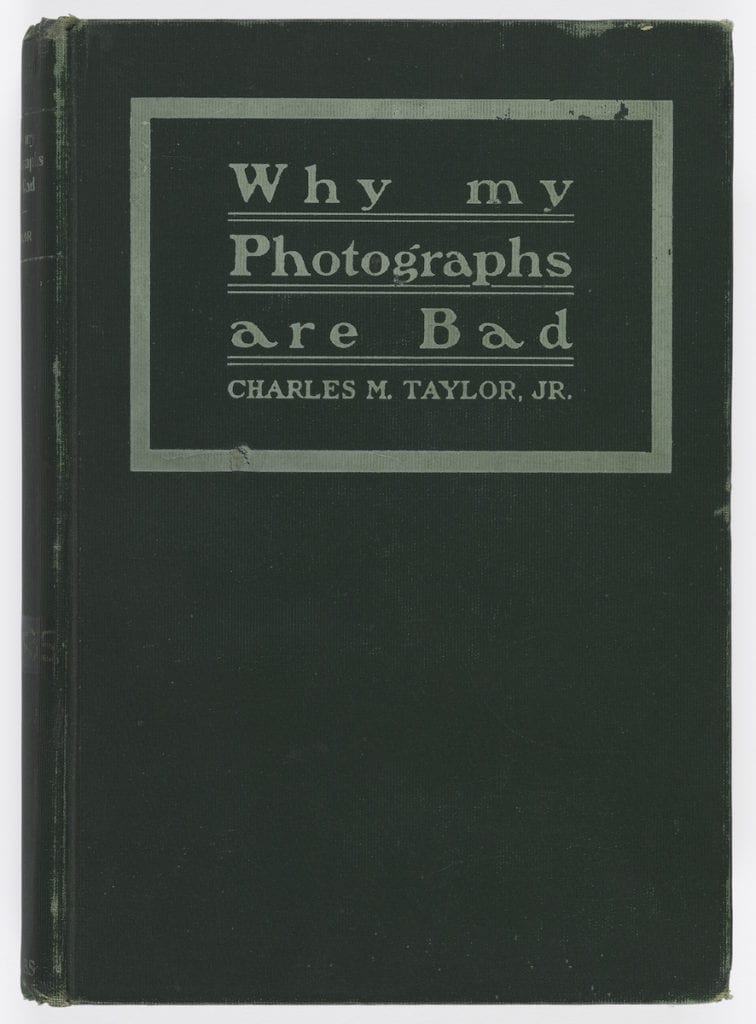
“It is important to take bad pictures”
Diane Arbus
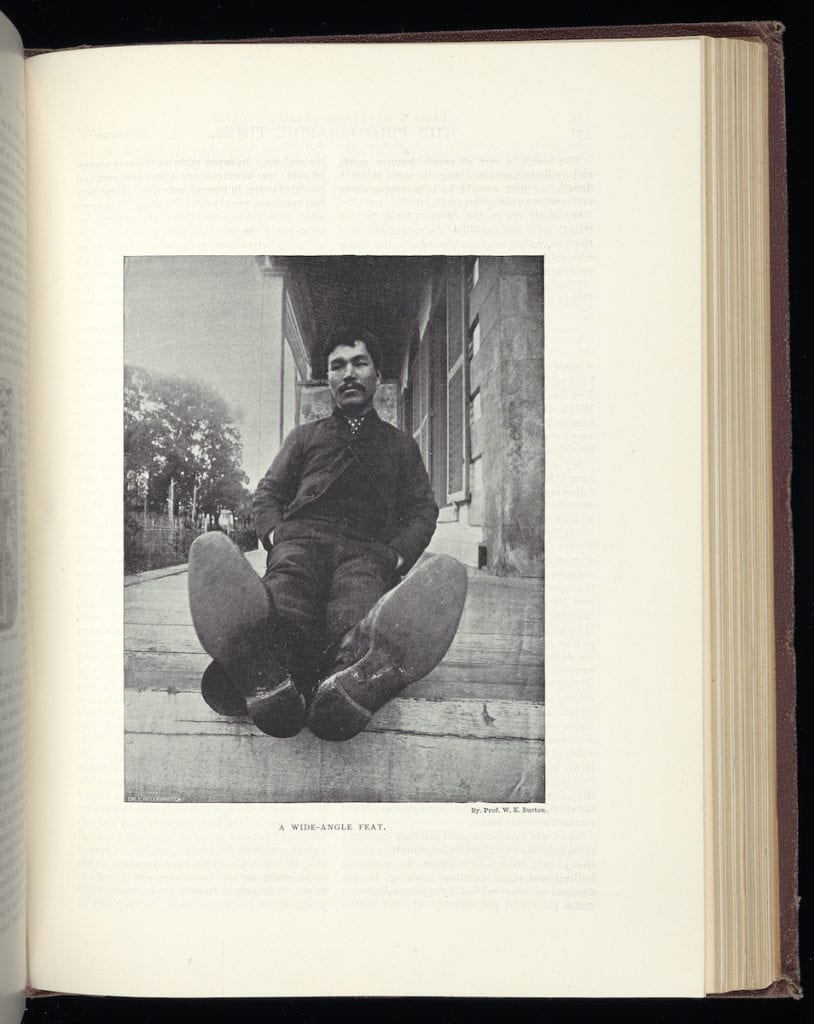
BJP-Online: What does the exhibition tell us about the role that taste plays in defining the trajectory of photography, and the arts, more broadly? What constitutes a good photograph technically often contrasts to what constitutes a good photograph stylistically. Why do you think that this is?
Chéroux: That is a very important part of the show. Man Ray said: “The tricks of today are the truths of tomorrow.” It was really important to show that taste evolves. What was supposedly a mistake for one generation could become a success, or an interesting aesthetic proposal, for the next. A mistake of today could be interesting in the future.
We never know with photography. Taste is constantly shifting and evolving. For example, something that could be considered a mistake in an amateur context could be considered a great photograph in the museum, and vice versa. So there are shifts that depend on the context in which you are looking at the photograph, but also the time.
And that was a central idea of the show: to show these different approaches to photography — the normative perspective expounded by manuals, and the much freer perspective of many artists.
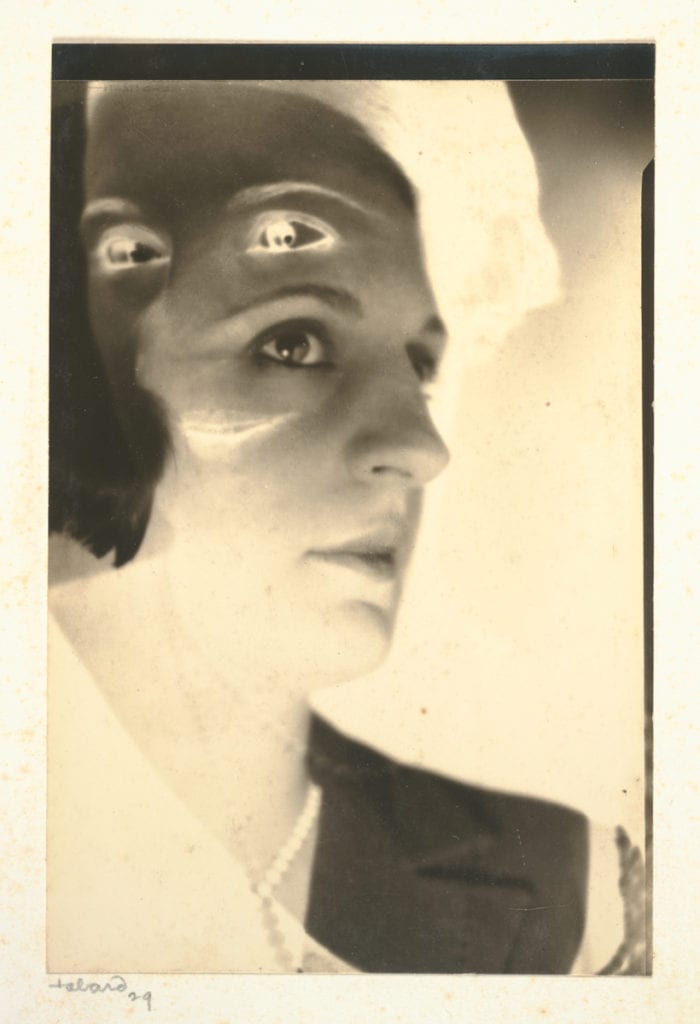
BJP-Online: At the end of the introductory exhibition text you write that: “today’s mistakes may be tomorrow’s successes”. How do you predict that photographic taste will evolve?
Chéroux: I am always quite embarrassed when people ask me about the future of photography because I am not a fortune teller. But, I do know that past failures have been very important for future photographers. So, we should be careful today about what we consider a mistake or an accident, because we never know and, maybe in the future, it will become something important.
Artists are already interested in the new kind of mistakes and failures that have emerged with digital technology. For example, at the end of the exhibition, we have work by Sarah Cwynar. She created this series in which she scanned manuals explaining how to achieve a good photograph. During the scanning process, she moved the book in the scanner, so there is a kind of distortion of the image. This is a reflection on the digital versus the analog error, which is also visually interesting.
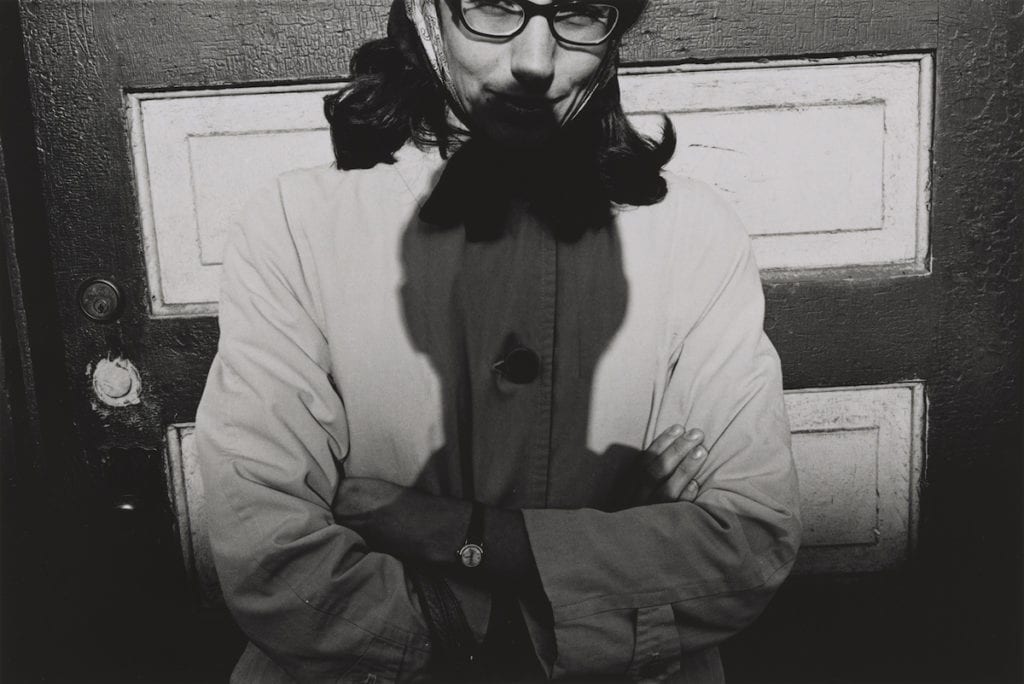
“The tricks of today are the truths of tomorrow”
Man Ray
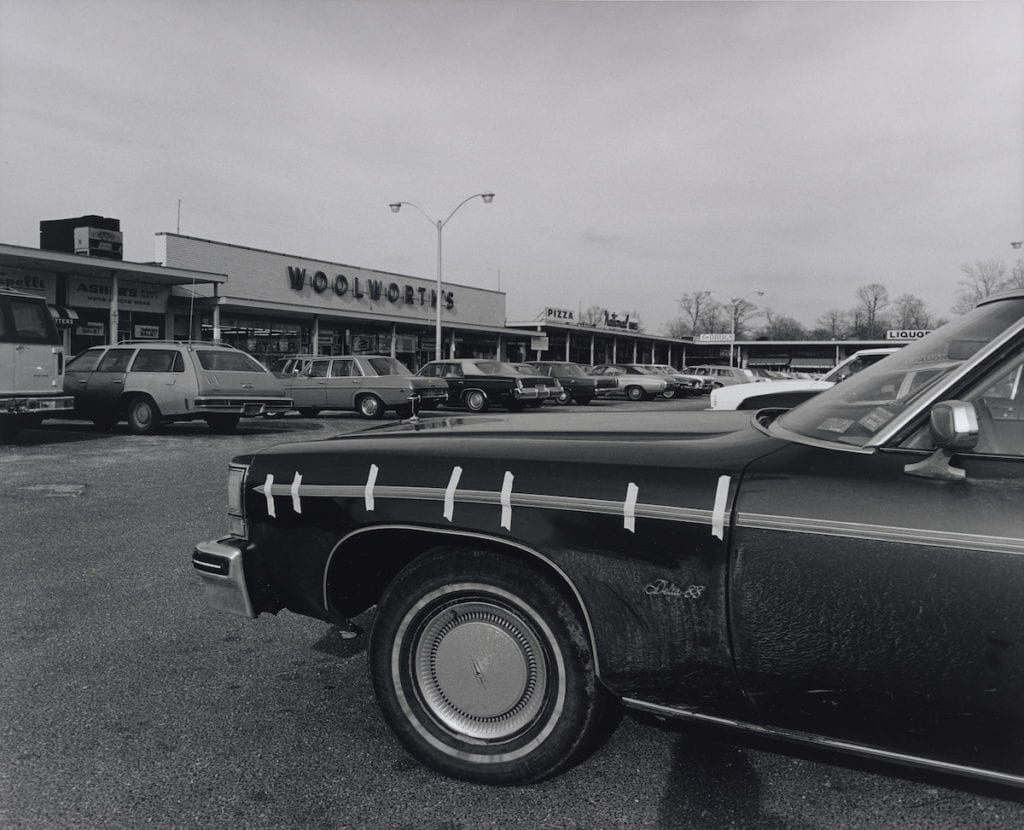
BJP-Online: It is really interesting how each individual panel describes a mistake and then positions it in relation to the artist who has employed that mistake creatively. Why did you decide to structure the exhibition in this way?
Chéroux: My initial idea for the show was to structure it in terms of the mistake of the subject, the mistake of the technique, and the mistake of the photographer — to approach the question of mistakes through their different causes. But, I decided that this was too complex. So, I settled on technical mistakes: solarisation, double exposure, light leaks, etc.
For each mistake, we have a panel divided into two parts. The first section explains what the mistake is, and the second part explains how and why the artist was interested in it. So there is this kind of double-act approach, which is technical but also art-historically oriented.
BJP-Online: What do you want viewers to take away from the exhibition? How do you want it to influence how they perceive photography?
Chéroux: The main idea of the exhibition is to explain that the role of a museum is not to define what is a “good” photograph and what is a “bad” photograph. As I said before, a photograph could be good in a certain place, and at a certain time, and ten or twenty years later, in another place, the same photo could be something completely different.
The most important thing for me is the relativity of taste — the fact that taste is constantly evolving and that we have to take that into consideration.
Dont! Photography and the Art of Mistakes is on show at SFMOMA, San Francisco, until 01 December 2019.
